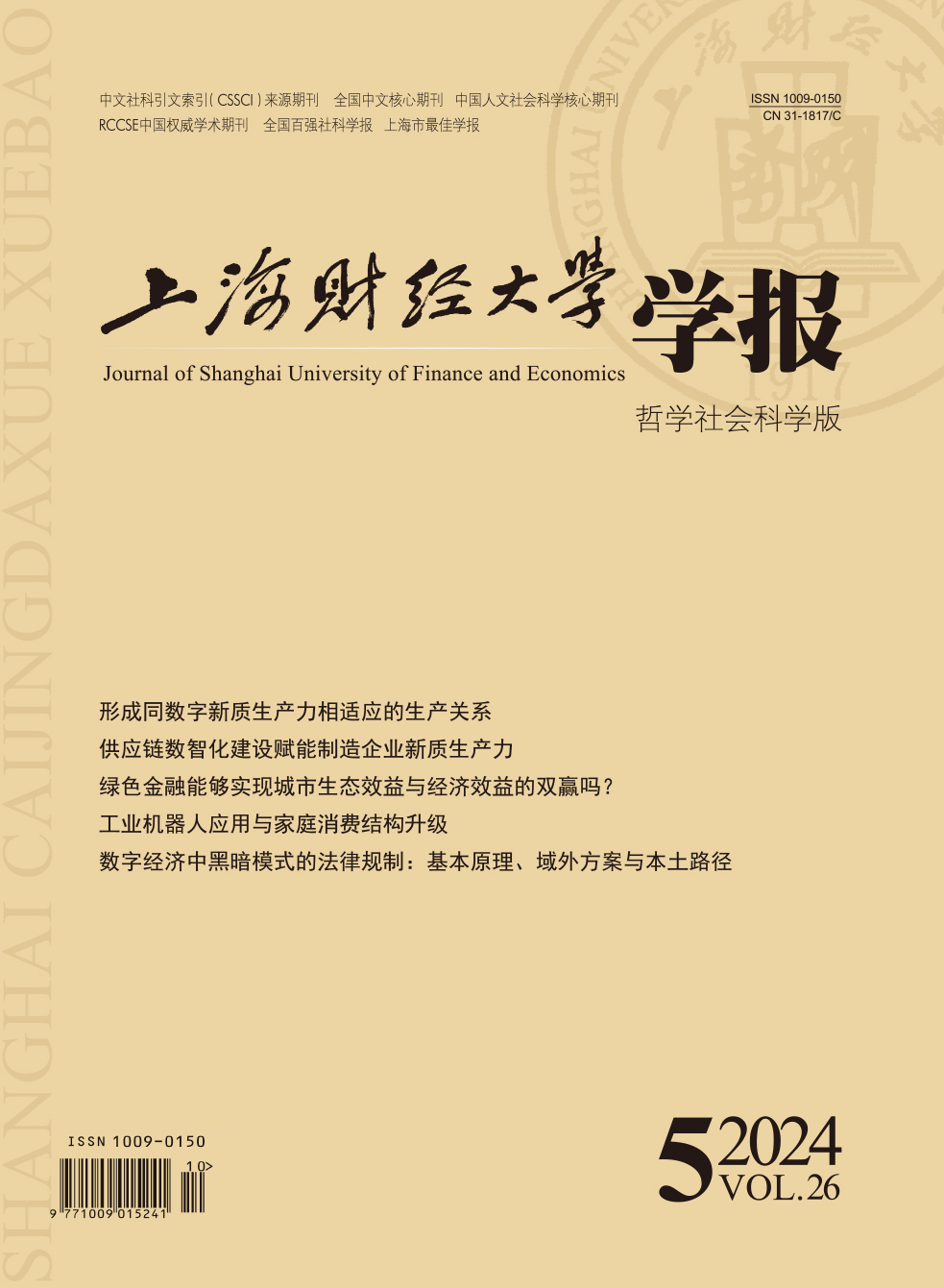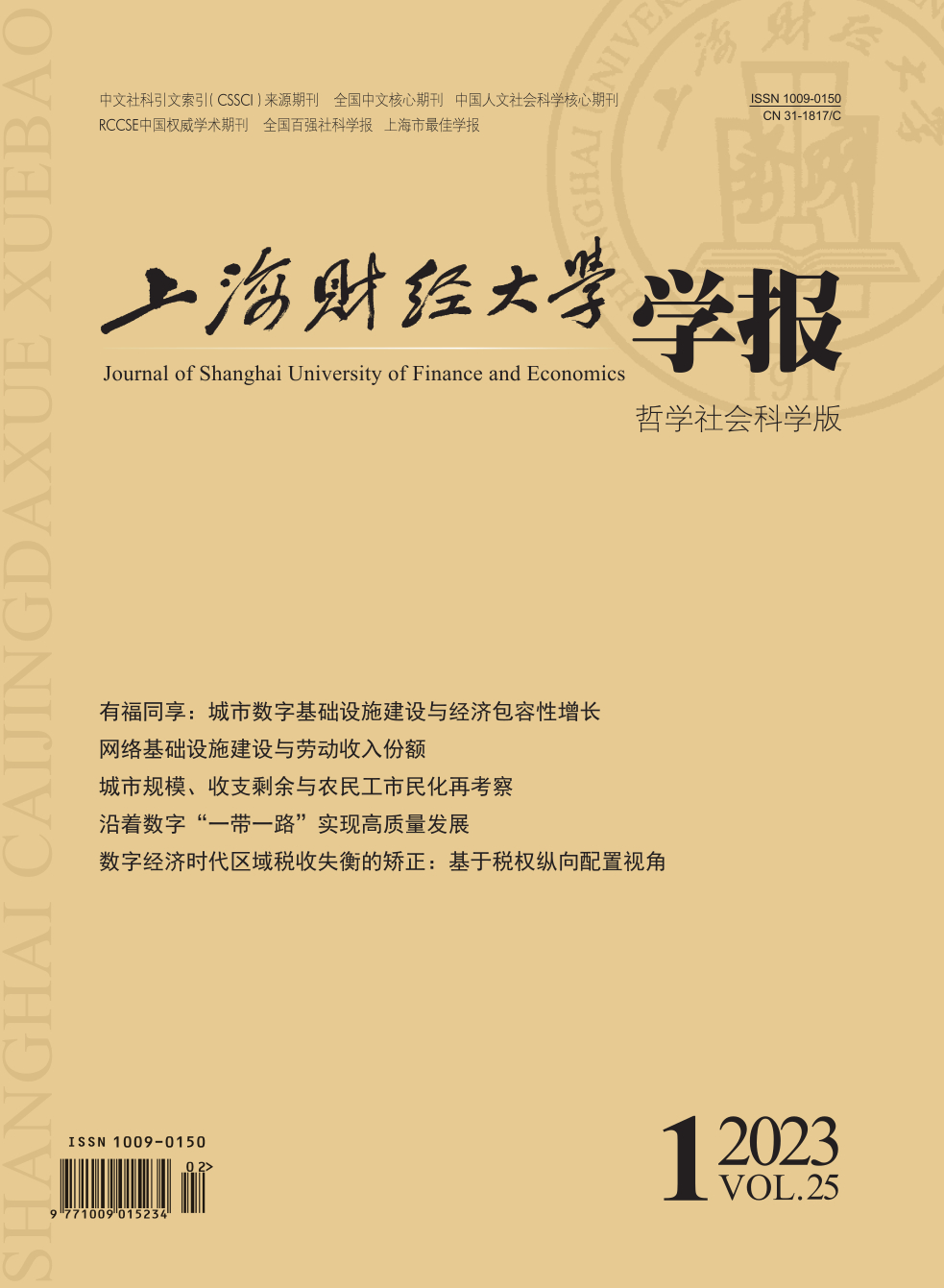At present, the COVID-19 epidemic is still repeated, and the world economy is recovering weakly. It is urgent to explore new ways for the global economy to move towards a green, resilient and inclusive recovery. Faced with the complicated employment situation and economic development tasks, it is necessary to promote the citizenization of migrant workers in cities of different sizes in a hierarchical manner, so as to realize the Chinese path to modernization and the new urbanization strategy with people at the core.
Based on the China Migrant Dynamic Survey data in 2017 and Chinese Thousand-village Survey data of Shanghai University of Finance and Economics in 2019, we use the living wage Anker method to measure the economic threshold of the citizenization of migrant workers which satisfies the decent survival needs of families. We measure the income and expenditure of migrant workers in cities of different sizes, such as wages, food expenditure, education expenditure and social security payment. The economic threshold lines of citizenization of high level (children’s education expenses are considered) and low level (children’s education expenses are not considered) are discussed. Finally, the Biprobit model is used to measure the citizenization degree of satisfying ability and demand, and Oaxaca-Blinder is used to decompose the difference of citizenization degree between different generations of migrant workers.
The findings are as follows: We assume the average family size is three based on the Anker method. According to the two living wage lines of 3240 CNY and 4480 CNY corresponding to migrant workers and urban workers, it is found that 52.5% and 42.6% of migrant workers meet the conditions to settle down in cities. Based on the Biprobit model, we calculate the degree of urbanization is 35.5% under an economic threshold of 3240 CNY. Using the Oaxaca-Blinder decomposition method, the citizenization degree of migrant workers of the new generation and the old generation is 36.7% and 33.1% respectively, and the new generation is the main force of citizenization. With the increase of urban population size, the economic threshold is also raised. The cost of living in megacities is the highest, and the urban-rural gap in living wages is as high as 3000 CNY. The urban-rural gap in the economic threshold of other cities is only 500 to 1000 CNY.
Taken together, we should scientifically and accurately assess the income and expenditure differences of rural-urban migrant workers in different cities and their citizenization intentions. Our policy recommendations are as follows: First, accurately assess the living wage and match the economic threshold of citizenization. Second, the household registration reform needs top-level design and the cost-sharing mechanism of central planning.





 2438
2438  2267
2267

